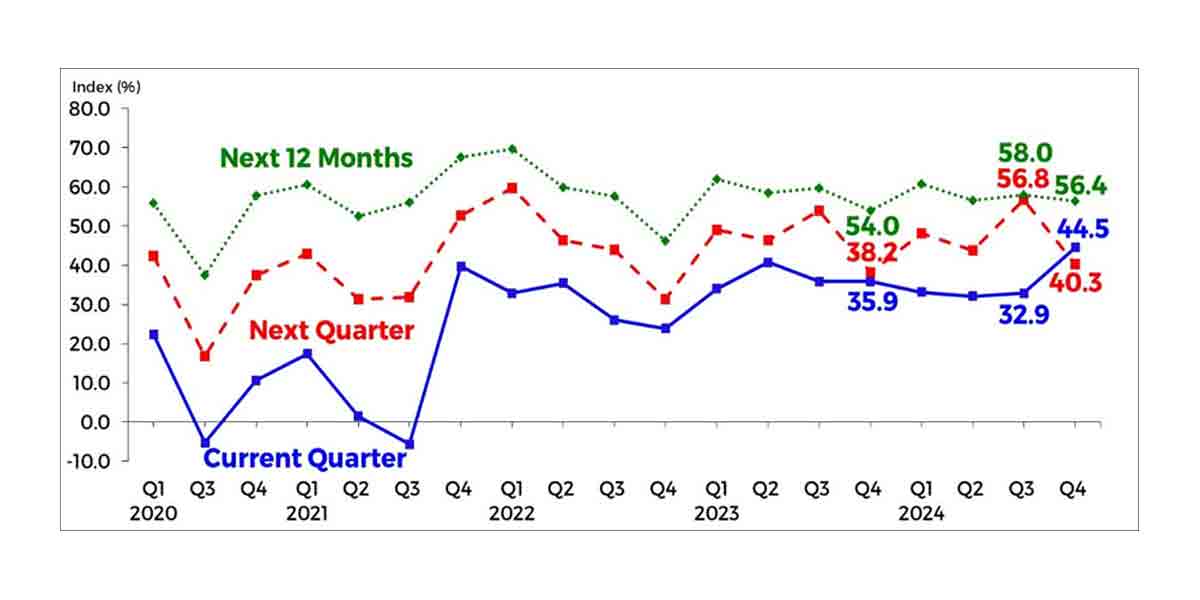By Francis Allan L. Angelo
Consumers should prepare for higher power bills in September 2024 due to a sharp increase in ancillary services (AS) charges, despite a decrease in transmission wheeling rates, according to the National Grid Corporation of the Philippines (NGCP).
The spike in AS charges stems from the resumption of the Ancillary Services Reserve Market (AS-RM) in August, following several months of suspension.
While transmission wheeling rates, which cover the cost of delivering electricity, decreased by 5.5%, from P0.5038/kWh in July to P0.4761/kWh in August, AS rates surged by 125.92%. AS charges now stand at P0.6127/kWh, compared to P0.2712/kWh the previous month.
The rise in AS rates is attributed to the restart of the AS Reserve Market on Aug. 5, 2024, following months of suspension. In May 2024, the Energy Regulatory Commission (ERC) partially lifted the suspension on AS settlements to stabilize supply, approving a 30% settlement for March 2024 billing and deferring the remaining 70%.
“NGCP clarifies that while consumers may notice an increase in transmission charges, this is a result of the resumption of the AS Reserve Market,” the company said in a statement.
“In compliance with directives from the Department of Energy (DOE) and the ERC, NGCP contracts 50% of its AS requirement from firm agreements and 50% from the AS Reserve Market.”
Ancillary services refer to the support necessary to maintain the power grid’s reliability, stability, and efficiency. These services balance supply and demand, especially during unexpected disruptions like power plant outages or demand fluctuations.
The key types of ancillary services provided by NGCP include:
- Frequency Regulation: Maintains grid frequency within a standard range by balancing supply and demand in real-time.
- Spinning Reserve: Standby generation capacity that responds quickly to sudden supply losses or demand increases.
- Contingency Reserve: Activated during unplanned losses of large power-generating units.
- Dispatchable Reserve: Generation capacity that can be quickly brought online during grid emergencies.
- Reactive Power Support: Manages voltage levels to ensure efficient power transmission over long distances.
These services are critical for grid stability, especially during supply-demand imbalances. NGCP either procures them through firm agreements with generators or from the AS Reserve Market.
The cost of these services is passed on to consumers as part of their electricity bills, although NGCP does not profit from these charges.
The AS Reserve Market’s suspension earlier this year resulted from tight power supply conditions across the Luzon and Visayas grids.
From April to May 2024, these grids experienced 13 Red Alerts and 40 Yellow Alerts, signaling severe supply constraints.
Extreme temperatures from the El Niño phenomenon drove demand, pushing the Luzon grid to peak at 14,016 megawatts (MW) on April 24, surpassing forecasts.
Energy Undersecretary Rowena Cristina Guevara emphasized that resuming the reserve market is crucial to preventing future disruptions.
“The ERC’s action to lift the suspension of Section 8 of the billing and settlement of the Price Determination Methodology (PDM) will lead to the resumption of the reserve market, which is eagerly awaited by both the power sector and the DOE,” Guevara said.
“We aim for all generating capacities to operate and sell in the Wholesale Electricity Spot Market (WESM) to enhance grid reliability.”
The DOE, ERC, and the Independent Electricity Market Operator of the Philippines (IEMOP) are working together to align the AS market’s dispatch intervals with WESM’s five-minute trading period to co-optimize energy and reserve capacities.
The goal is to prevent power alerts like those in April and May, which led to rotating brownouts in parts of Luzon.
Despite these challenges, the DOE urged power industry participants to cooperate to ensure the smooth implementation of the reserve market and maintain grid stability.
“We call on the support and cooperation of the electric power industry participants,” Guevara emphasized, adding that these efforts will help reduce Red and Yellow Alerts.
For now, consumers are advised to brace for higher power bills as the effects of the AS Reserve Market’s return and ongoing supply conditions continue to impact the grid.
While the long-term goal is improved reliability and fewer interruptions, the immediate impact will be higher electricity costs for homes and businesses.





















